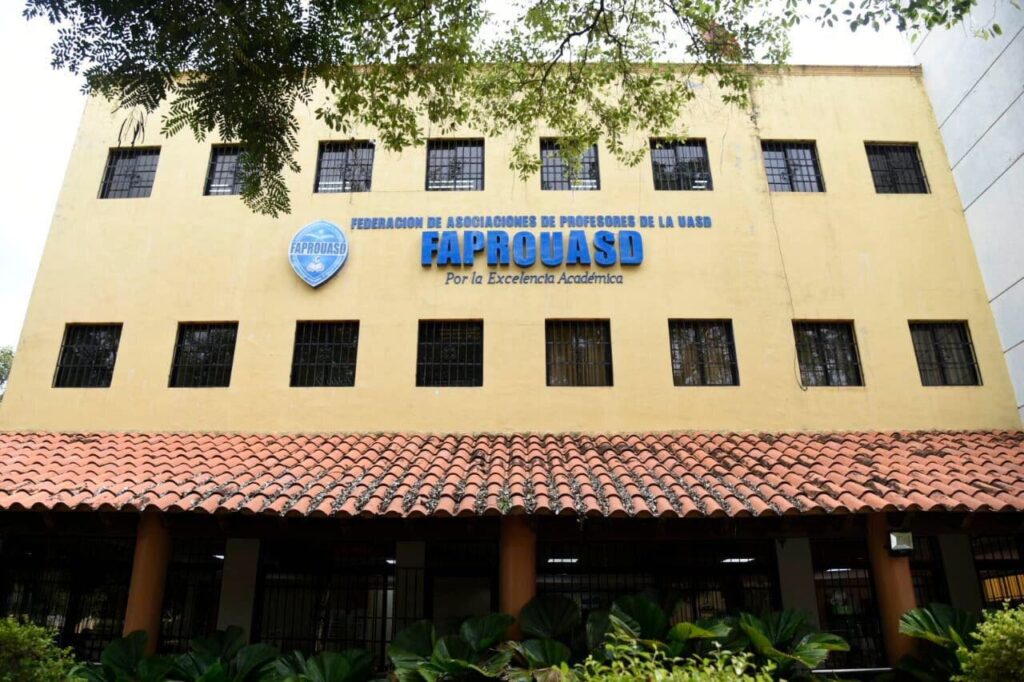In the first six months of 2022 there were 541,000 employed persons who received wages of less than $25,000 liquid per month for 40 hours of work per week.
The figure represented 35% of the total employed, which amounted to 1.56 million in that period, according to a study carried out by the team of technicians from the Cuesta Duarte Institute of the PIT-CNT based on data from the Continuous Household Survey collected by the National Institute of Statistics (INE).
In this group it includes wage earners, independent workers, both self-employed and employers, cooperatives and other employment categories of lesser relative importance.
The disaggregated data shows that within the total number of employed persons, there were 169 thousand (11%) who did not manage to exceed $15 thousand, Y 372 thousand (24%) who received between $15 thousand and $25 thousand.
For its part, Some 357,000 (23%) received compensation of between $25,000 and $35,000. Also, there were 304,000 (19%) who earned between $35,000 and $50,000, while 358,000 employed persons (23%) received monthly income above $50,000 liquid, says the report.
The Cuesta Duarte Institute warned that the labor market continues to “exhibit problems” regarding the quality of employment. “In addition to the high number of employed persons who work in informal conditions, underemployment and other forms of job insecurity, it is observed that insufficient income affects a very important proportion of all workers”says the report.
Employees
The analysis applied only to the group of employees shows that the amount of workers with submerged wages of less than $25,000 liquid monthly was 320,000 in the first semester.
That is equivalent to a third of the 1.1 million that make up that segment.. At the other extreme, some 262,000 wage earners (24%) received monthly income above $50,000.
The comparison with 2020
Cuesta Duarte reiterated that in the last two years labor income “They have fallen and that has caused an increase in the proportion of workers with submerged wages.”
To quantify the deterioration, the salary distribution for the first half of 2022 was compared with that of the same period in 2020.
The results indicate that while in the first half of 2020 the proportion of employed and wage earners with labor income of less than $25,000 affected 34% and 28%, respectively, in the first semester of 2022 the percentages grow and are located at 35% and 29%.
“The total number of employed twenty-five thousand pesistas grew from 494,000 to 541,000, while wage earners with submerged levels went from 300,000 to 320,000. Therefore, it is possible to conclude that not only is the proportion of workers with submerged wages very high, but that the situation has been worsening since 2020”, says the report.
Private sector
Within the private sector, the proportion of “twenty-five thousand weight losers” stands at 36% of the total. That is 306,000 wage earners fail to earn $25,000 in hand for 40 hours of work a week.
The proportion of “twenty-five milpesistas” among public sector workers is only 5% of the total.
Meanwhile, the analysis shows that “underground” remuneration affects all sectors of the economy, although in different proportions.
Cuesta Duarte
For the busy, they are observed four sectors with a particularly high share of shadow wages: restaurants and hotels (55%), domestic service (51%), commerce (50%) and those who work in the rural sector (48%). These sectors cover 271,000 workers with submerged wages, which represents half of the 541,000.
In contrast, the sectors least affected by submerged wages are education, the information and communication sector, and the financial sector, which have the lowest proportions of “twenty-five milpesistas”, with percentages close to 10%.
women and youth
The work shows that submerged wages affect to a greater extent the youthsto residents in the interior of the country and to women.
For example, andamong busy womenthe proportion with submerged salary levels is 37%, a percentage higher than the 33% corresponding to men.
In the case of workers in a dependency relationship, the proportion of women with levels below $25,000 in cash per month is also 4 percentage points higher than that of men (31% versus 27%, respectively).
And among young people under 25 years of age, the proportion of workers who receive wages of less than $25,000 liquid per month is 58% and among them, 13% of the total does not reach $15 per month.















